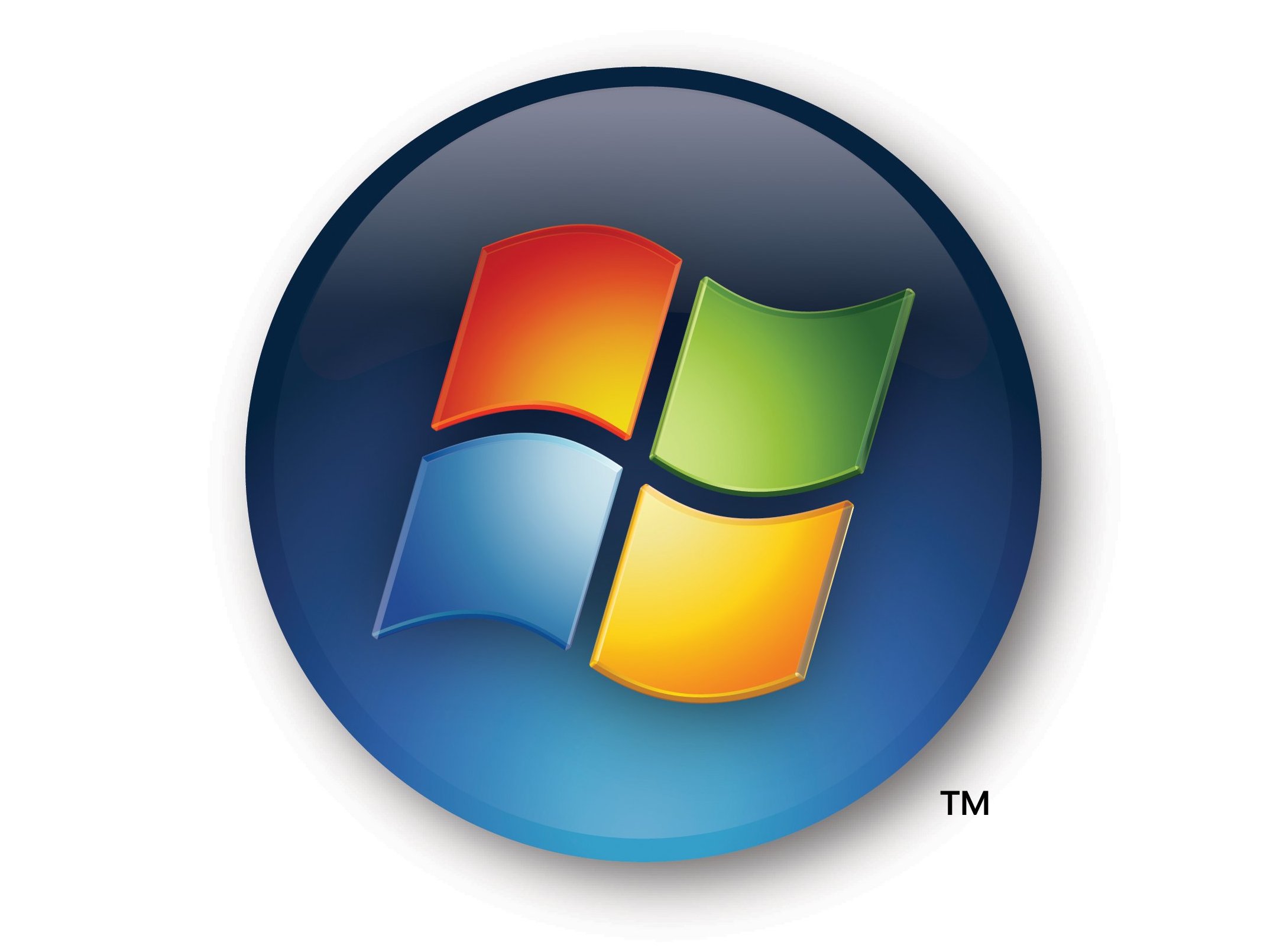
What's the point of Windows Vista? Worryingly for Microsoft, the increasing consensus among savvy consumers is that it offers little or no benefit.
The slicker-looking interface aside, all you get is a wide range of drawbacks, including sluggish performance, painful hardware demands, patchy software support and irritating but ineffectual security measures such as the infuriating User Account Control feature. Leaner, simpler Windows XP remains the best operating system for home users in that context.
Of more immediate relevance, especially to PC enthusiasts, is the release of new service packs for both Windows XP and Windows Vista. The former indicates that Microsoft realises that Windows Vista is so off target it may never reach truly widespread acceptance and hence support for Windows XP must continue. The latter, meanwhile, is probably Microsoft's last chance to salvage the crumbling reputation of Windows Vista.
> Jump to our overall verdict and performance results
Windows XP SP3: the features
Historic upgrades: said to be the last major service pack for Windows XP, SP3 brings your installation fully up to date with all historical upgrades, although it does require an SP1 installation as a minimum starting point. SP3 includes a number of incremental post-SP2 upgrades and patches, too, such as the latest WPA2 wireless networking security protocol, and also delivers a few unique features.
That said, cosmetically it's essentially identical to SP2. Installation requires around 20 minutes depending on the precise hardware configuration.
Get daily insight, inspiration and deals in your inbox
Sign up for breaking news, reviews, opinion, top tech deals, and more.
Security upgrades: the key additions for Windows XP SP3 involve the age-old Windows bugbear: security. First up is Network Access Protection (NAP), a feature already present in Windows Vista and Windows Server 2008.
To put it at its simplest, it's all about giving network administrators a straightforward way in which to validate the health, in security terms, of a system connecting to a given network. This new feature also allows for automatic "push" updates onto connected systems with a view to preventing them from turning nasty.
Next up is an improved cryptographic module, including the random number generator. This addresses a specific weakness that made encryption keys generated by Windows XP theoretically vulnerable to exploitation. More expansive description text can also be found in the options' dialog boxes.
Licensing: Finally, with SP3 Microsoft has brought Windows XP into line with Windows Vista in terms of product activation and license key management. As with Windows Vista, a Windows XP installation disk with SP3 included will allow users to install and run the operating system for 30 days without inputting a license key. Overall, it's hardly a show-stopping list of enhancements. but then Windows XP is a mature and relatively well-developed OS.
What you don't get: still, what SP3 notably doesn't do is tread on the toes of Windows Vista. There's no updates to the ancient user interface or addition of Vista-only features such as the DirectX 10 API. Microsoft may be learning lessons from the troubled Vista launch, but it clearly hasn't given up on its latest OS yet.
Windows XP SP3: the performance
Performance-wise, Windows XP in SP2 trim is already pretty lean and mean by Microsoft's standards, so users shouldn't be expecting dramatic improvements from the latest service pack.
Indeed, Microsoft itself makes no claims regarding performance, and our results shown at the end tend to confirm that. For the most part, performance across a wide range of tasks - including file transfers to and from various devices, encoding, rendering and gaming - is essentially identical to SP2. Likewise, as with previous builds of Windows XP, SP3 is pretty easy going in terms of hardware support: it zips along at a decent lick even on extremely modest systems.